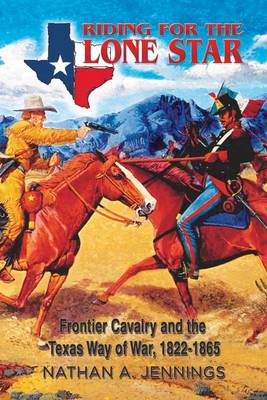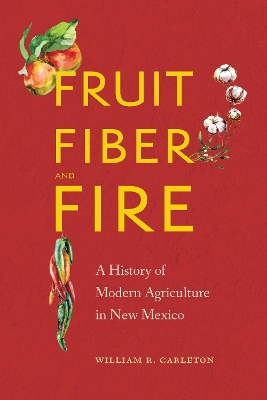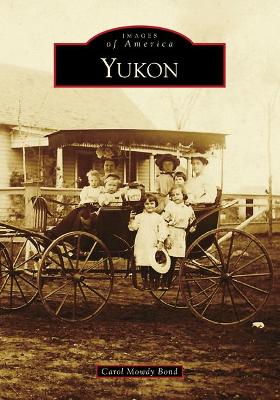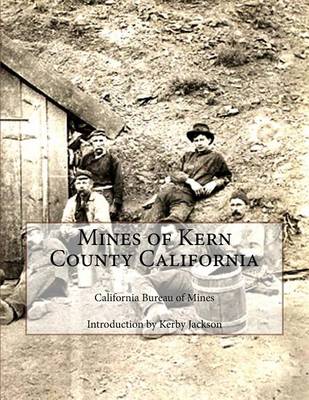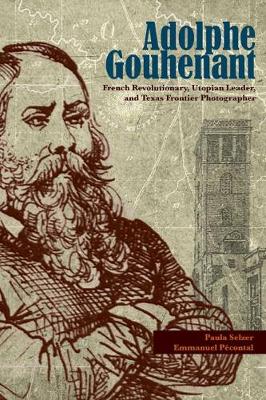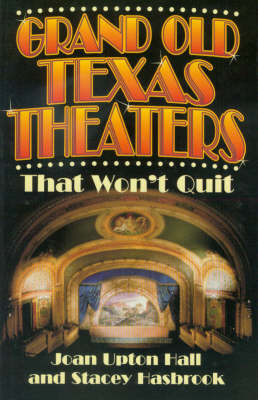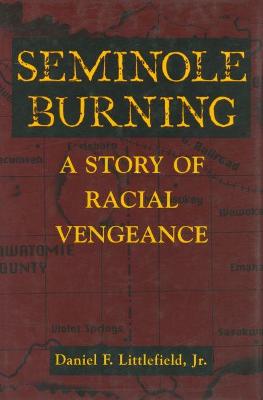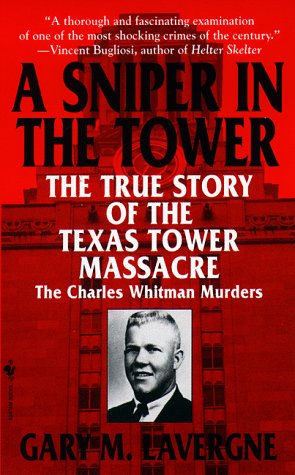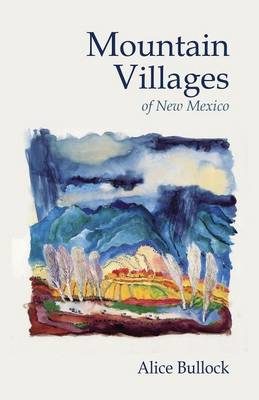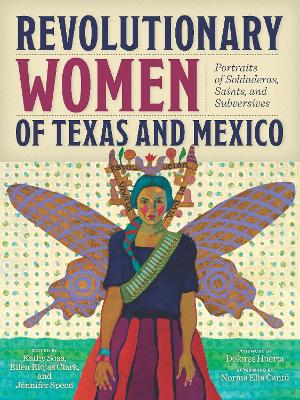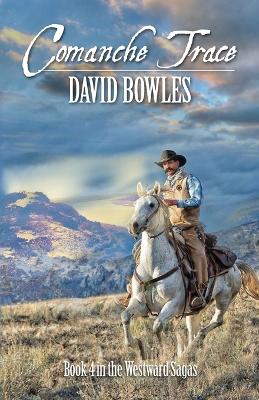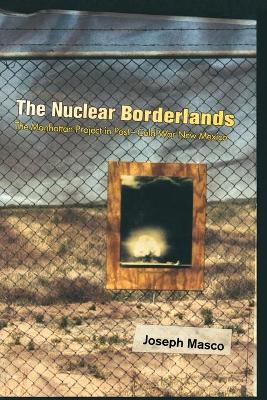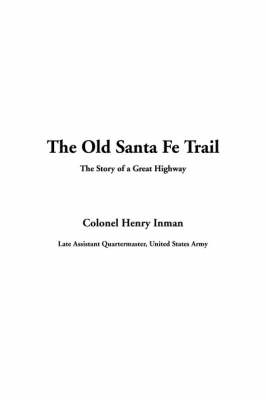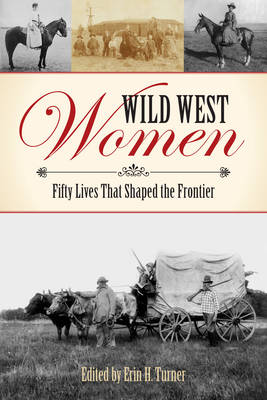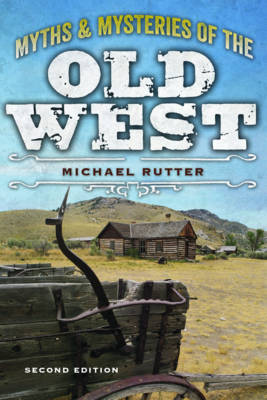Riding for the Lone Star (American Military Studies)
by Nathan A. Jennings
The idea of Texas was forged in the crucible of frontier warfarebetween 1822 and 1865, when Anglo-Americans adapted tomounted combat north of the Rio Grande. This cavalry-centricarena, which had long been the domain of Plains Indians and theSpanish Empire, compelled an adaptive martial tradition thatshaped early Lone Star society. Beginning with initial tacticalinnovation in Spanish Tejas and culminating with massivemobilization for the Civil War, Texas society developed adistinctive way of war...
Fray Francisco Atanasio Dominguez Award from the Historical Society of New Mexico For much of the twentieth century, modernization did not simply radiate from cities into the hinterlands; rather, the broad project of modernity, and resistance to it, has often originated in farm fields, at agricultural festivals, and in agrarian stories. In New Mexico no crops have defined the people and their landscape in the industrial era more than apples, cotton, and chiles. In Fruit, Fiber, and Fire Will...
Counting Our Blessings
by Carolina M Romero De Lujan, Alfredo Celedon Lujan, and Carolina M Romero de Lujaan
Adolphe Gouhenant tells the story of artist, revolutionary, and early North Texas resident Francois Ignace (Adolphe) Gouhenant (1804-1871). Born at the dawn of the Romantic era, Gouhenant traveled from a small village near the foothills of the Alps to France's second largest city, where he built a monument to the arts and sciences atop Lyon's famous Fourviere Hill. His wildly ambitious schemes landed him in court and ultimately devastated him financially. Participating in clandestine revolutiona...
The doors are open on these grand old theaters! The authors combed the state to locate the best of historical theaters that won't give up the ghost (sometimes literally). Their research and interviews showcase these theaters.
In 1898 after the murder of a white woman, two young Seminoles were chained and burned alive. Hiding behind a wall of silence and fearing reprisal for identifying their executioners, virtually the entire white community became involved with the ghastly execution. In this absorbing narrative Daniel F. Littlefield, Jr., captures the horror and details the events that incited this alarming act of mob violence and community complicity. Seminole Burning not only gives an account of a dramatic, viole...
Drift down the Colorado River through Glen Canyon and explore the people and places that encompass the history of this majestic canyon before it drowned in the rising waters of Lake Powell. Author Gregory Crampton led the historical investigations of Glen and San Juan Canyons from 1957 to 1963 under contract with the National Park Service. The objective was to locate and record historical sites that would be lost to the rising waters of the reservoir. This book records that effort. First publish...
Much ink has been spilled over the men of the Mexican Revolution, but far less has been written about its women. Kathy Sosa, Ellen Riojas Clark, and Jennifer Speed set out to right this wrong in Revolutionary Women of Texas and Mexico, which celebrates the women of early Texas and Mexico who refused to walk a traditional path. The anthology embraces an expansive definition of the word revolutionary by looking at female role models and subversives from the last century and who stood up for their...
The Nuclear Borderlands explores the sociocultural fallout of twentieth-century America's premier technoscientific project--the atomic bomb. Joseph Masco offers the first anthropological study of the long-term consequences of the Manhattan Project for the people that live in and around Los Alamos, New Mexico, where the first atomic bomb, and the majority of weapons in the current U.S. nuclear arsenal, were designed. Masco examines how diverse groups--weapons scientists at Los Alamos National Lab...
Few writers have written as thoughtfully and extensively on Oklahoma politics and culture as Richard Lowitt. His work of the past six decades moves with ease among historical topics as various as agriculture, health, industry, labor, and the environment, offering an informed and enlightened perspective. Collected for the first time in one volume, Lowitt's articles on post-World War II Oklahoma and notable Oklahomans reveal a remarkable range of the state's political, environmental, agricultural,...
Texas Panhandle Tales (American Chronicles (History Press))
by Mike Cox
New Mexico in World War II (Images of America)
by Richard Melzer and John Taylor
Myths and Mysteries of the Old West (Legends of the West)
by Sir Michael Rutter
Oklahoma was in the throes of the Great Depression when Preston George acquired a cheap Kodak folding camera and took his first photographs of steam locomotives. As depression gave way to world war, George kept taking pictures, now with a Graflex camera that could capture moving trains. In this first book devoted solely to George's work, his black-and-white photographs constitute a striking visual documentary of steam-driven railroading in its brief but glorious heyday in the American Southwest....
LBJ and Grassroots Federalism: Congressman Bob Poage, Race, and Change in Texas reveals the local ramifications of federal policy. Three case studies in the rising career of Lyndon B. Johnson show this in action: LBJ's formative experience as a New Dealer directing the National Youth Administration (NYA) in Texas; his key role as senate majority leader in breaking the deadlock to secure funds for the Lake Waco dam project; and the cumulative effect of his Great Society policies on urban renewal...
